“Waste not, want not.” I heard that expression quite a lot when I was a kid. My parents were children of the Great Depression, and my father a combat veteran of WWII. They made full use of everything they had. Their economy still rings out in my mind any time I waste anything.
For the German troops defending the Atlantic Wall, any concepts of economy were in full effect. Even as the Reich poured men and machines into the meat-grinder that was the Russian Front, Germany needed to reinforce its Atlantic defenses with as much firepower as they could find, but the weapons industry of the Third Reich could not keep pace.
To address the shortfall, the Germans turned to their massive stockpile of captured weapons:
- Germany had captured a considerable amount of artillery during their campaigns in Poland, Belgium, France and Russia. Before the war, the annexation of Czechoslovakia also yielded a small but potent collection of armaments.
- Some German artillery designs from the early war period, notably tank and anti-tank guns, were repurposed for use on the Atlantic Wall.
- Even though these were older artillery designs, some obsolete for field use, they were still effective when employed from fortified positions.
When using captured or older (some nearly antique) artillery, the negatives are quickly manifested in logistical problems. Ammunition supply and spare parts proved to be the biggest challenges. When using Russian-made equipment, training and maintenance guides were additional hurdles.
The Heavy Guns
While France’s Maginot Line failed to prevent a German invasion in 1940, the Germans stripped many of the French “Canon de 105 L mle 1936” for use in their own ill-fated defensive line. These guns could fire a 34-pound shell out to about 7 miles.
Two variants of the Soviet-made 122mm “Puska obr. 1931 (and 1931/37)” heavy field gun were brought from the Eastern Front and integrated into the Atlantic Wall. These guns offered a range of about 12 miles, with a rate of fire of five rounds per minute. Most examples are seen placed on a turnstile in an open gun pit.
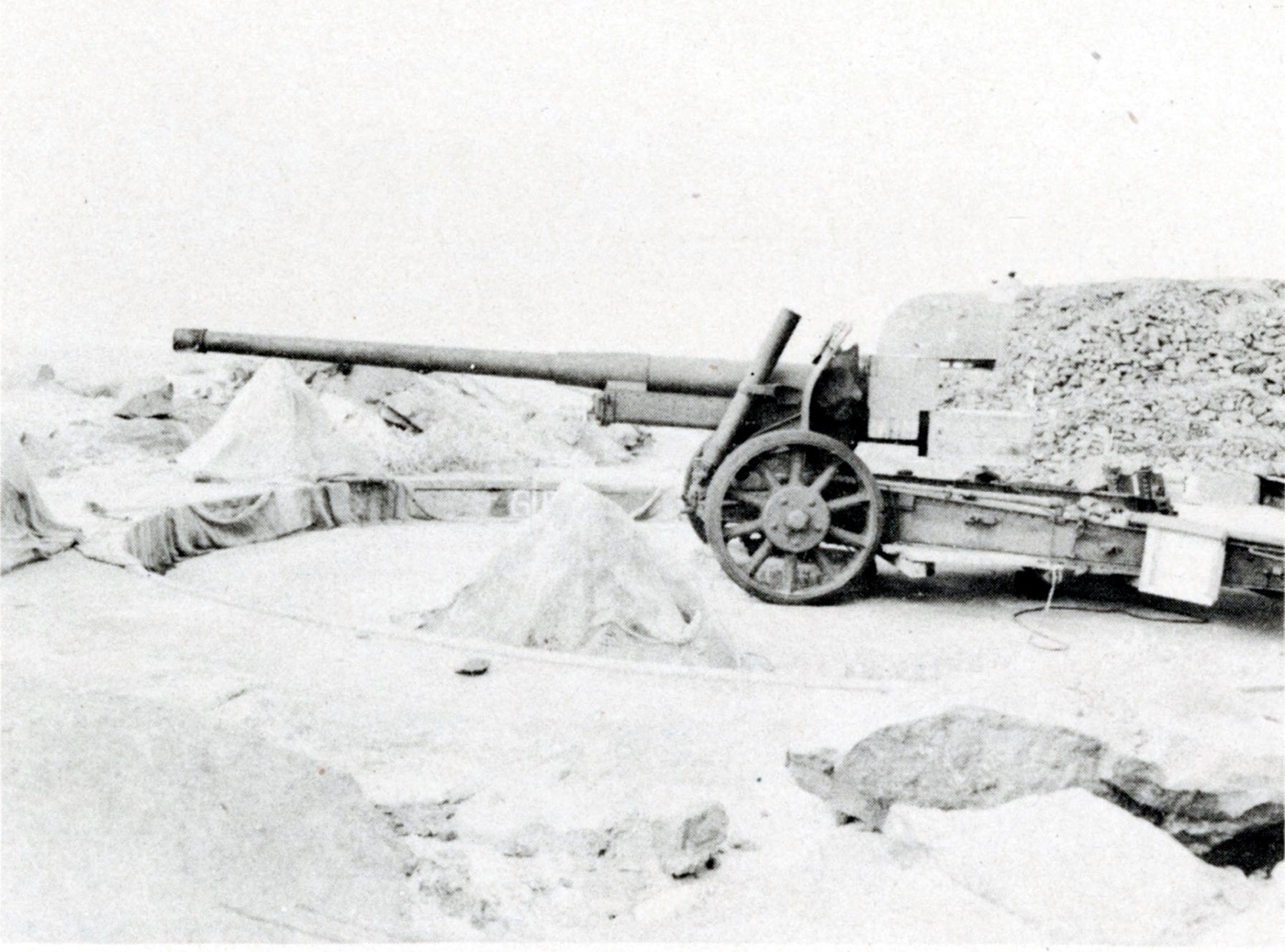
The Czech Skoda-built “15 cm hruba houfnice vz. 25” was an important addition to the Atlantic Wall; the Germans had more than a dozen of these heavy howitzers near the French coast. The vz.25 fired a 92-pound shell.
The French-made 155mm “Canon de 155 GPF” was a decorated veteran of World War I, and it still offered about a 10-mile range and considerable punch in its 94-pound shell. One of its greatest benefits to the Germans was that large numbers were captured in France, and they were easily integrated into the Atlantic Wall defenses.
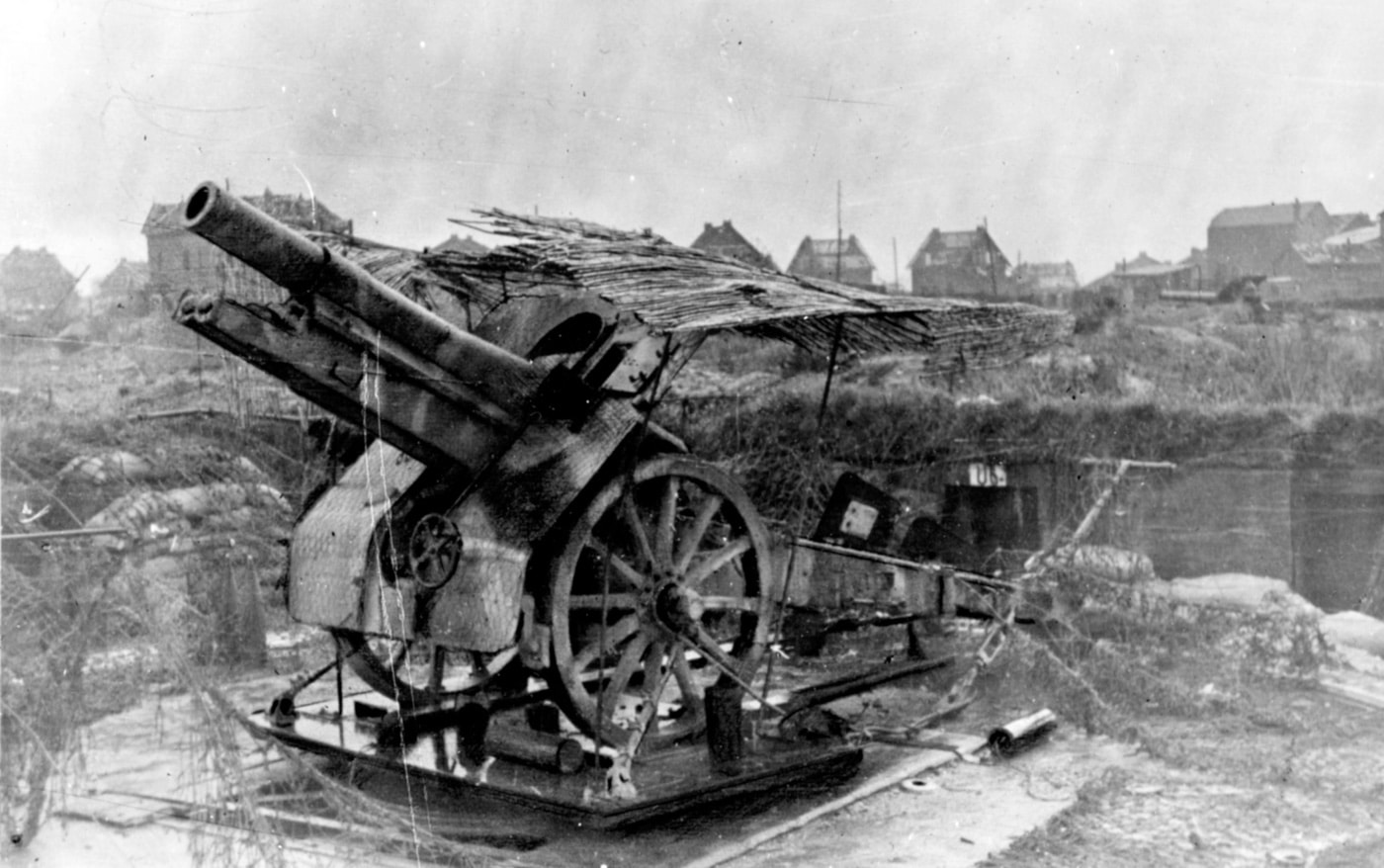
In the early months of Operation Barbarossa, the Germans were fortunate to capture large amounts of the Soviet 152mm “Gaubitsa-Pushka obr. 1937g”. This was a modern and powerful weapon, and the Germans used it in their own heavy artillery detachments, with some transferred to the west for coastal defense. It fired a 43-pound shell up to 11 miles.
The Anti-Tank Guns
When Germany annexed Czechoslovakia in 1938, they inherited a great number of weapons — one of the specialized systems they gained was a Czech fortress anti-tank gun, the Skoda “47mm kanon vz. 36”. These weapons were originally built for the Czech Sudeten forts, and the Germans removed them and their armored ball mounts (along with their embrasures) and fitted them to their Atlantic Wall defenses. By 1944, the 47mm casemate Pak guns were highly limited in the ability to penetrate the armor of many Allied tanks, but they could still punch through up to 100mm of armor at 100 meters.
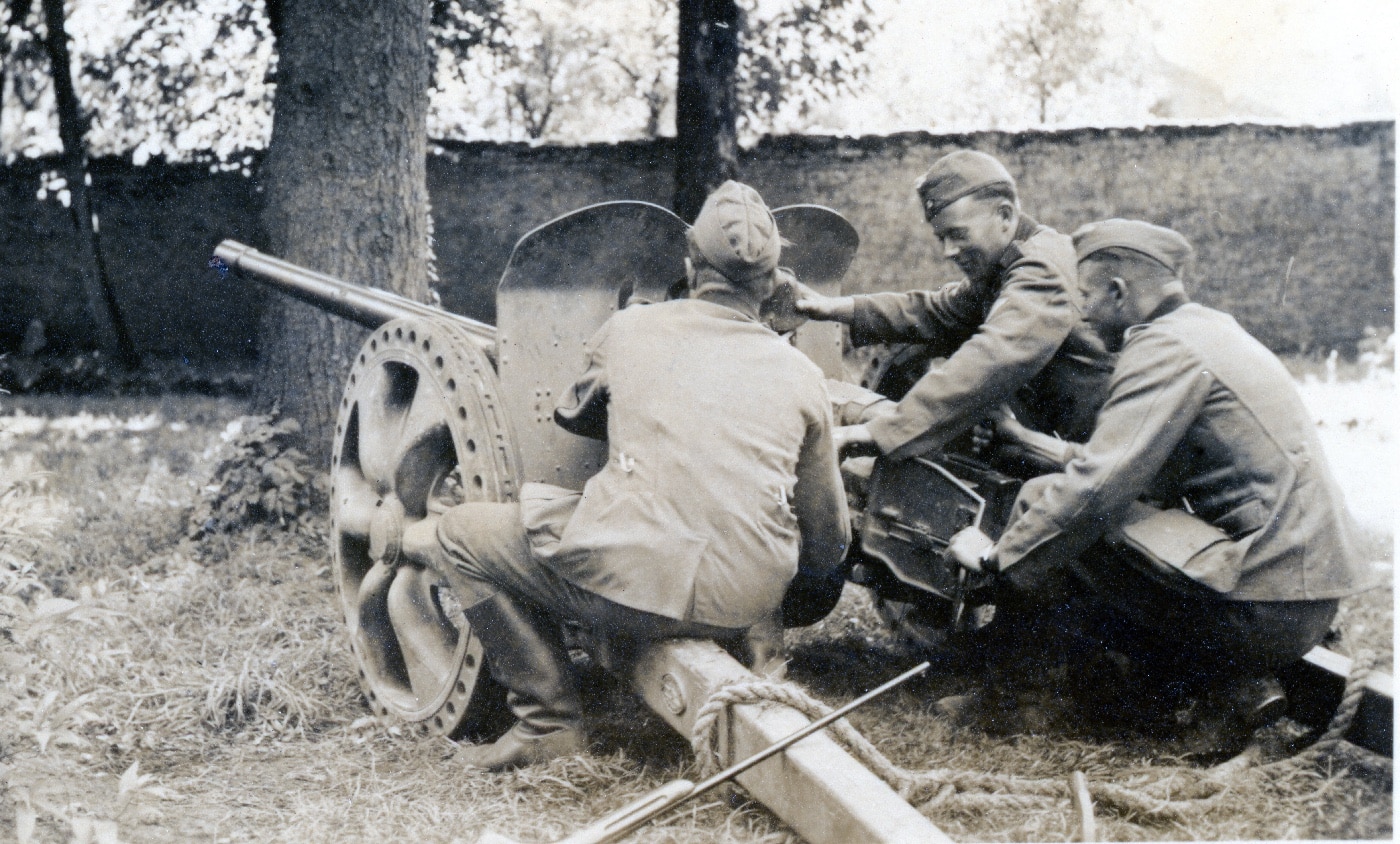
Part of Germany’s windfall of captured weapons when France fell in June 1940 included the “47mm SA 37 APX” anti-tank gun. An effective AT weapon in the early war years (able to penetrate 80mm of armor at 200 meters) the APX was a second-line gun by 1944. Even so, the Germans allocated considerable numbers to the Atlantic coast defenses, where they supported the modern 75mm Pak 40 and 88mm Pak 43 guns.
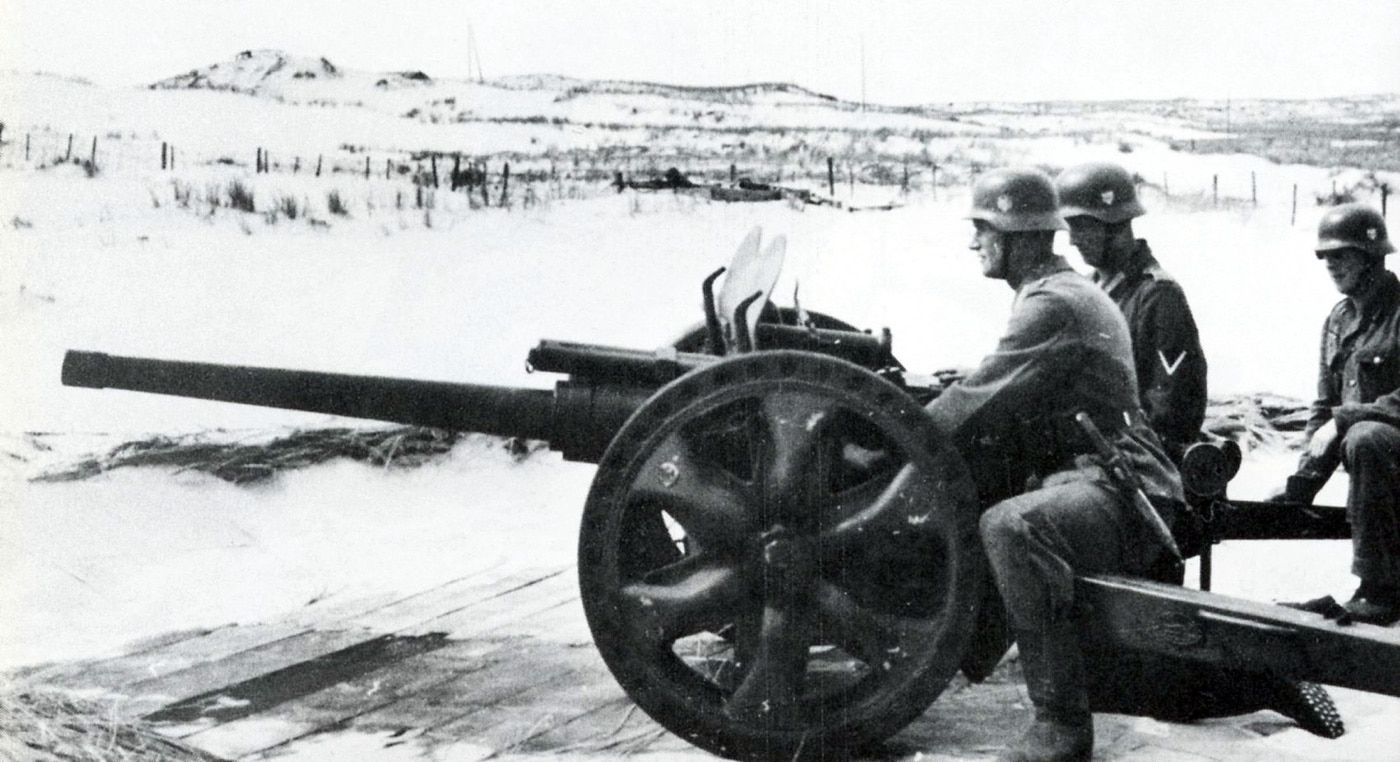
In 1934, the Germans modernized their WWI-vintage “7.5 cm FK 16nA”, adding a new 75mm barrel on the old 77mm FK 16 gun carriage. By the start of WWII, these guns had already aged out as useful field artillery, but they were still useful for training and coastal defense. A few were in use on the Normandy invasion beaches, and when equipped with high explosive-antitank ammunition (HEAT) they had some utility in AT defense and could penetrate about 70mm of armor.
The Anti-Aircraft Guns
German anti-aircraft defenses profited from their haul of captured French AA weapons. One of the most important on the Atlantic Wall was the “2.5 cm Hotckiss 38 und 39”. The Hotchkiss 25mm gun was a powerful light AA weapon, but its sustained fire rate was sorely limited by a 10-round magazine.
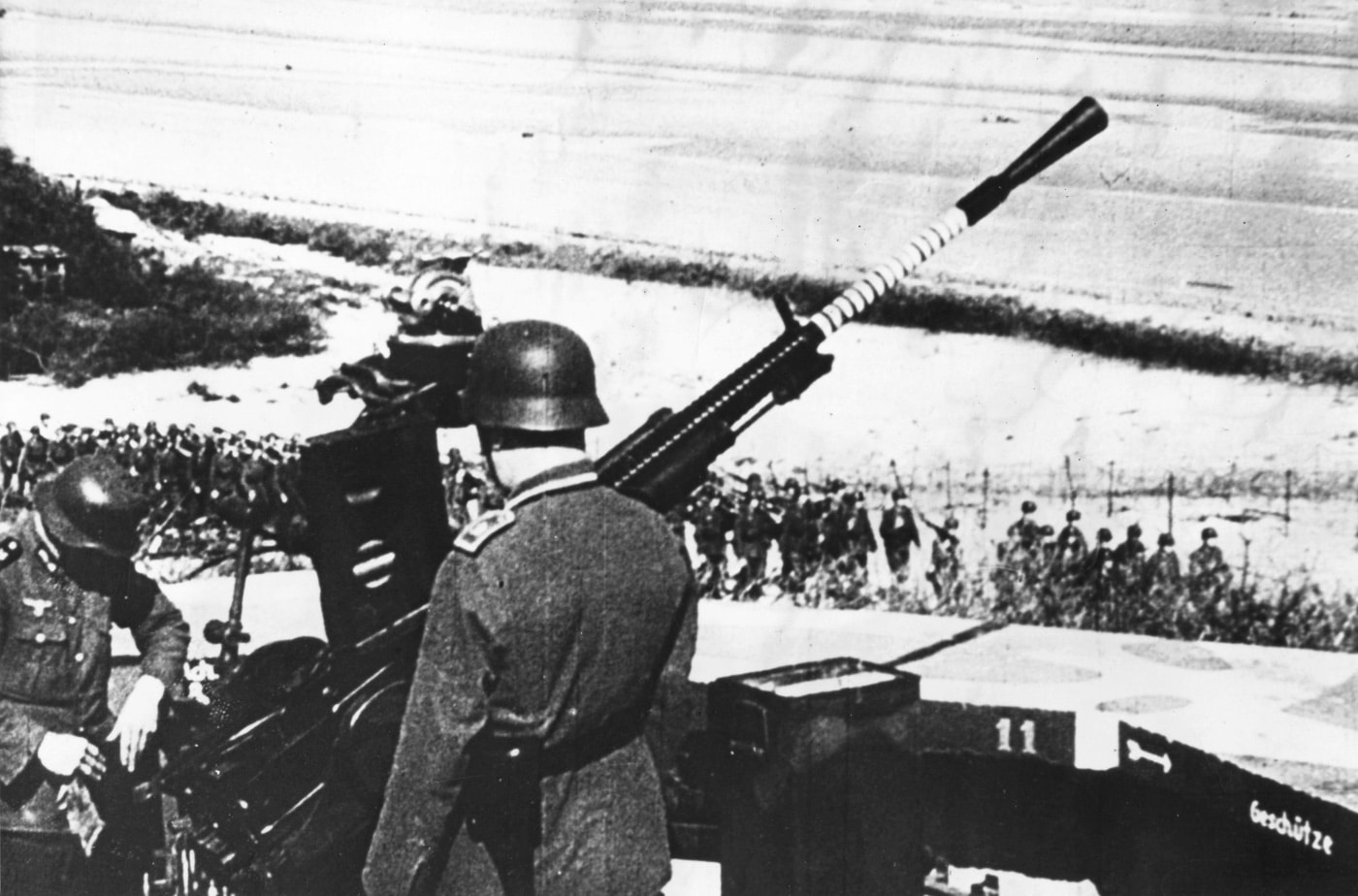
RAF aircraft attacking the Atlantic Wall sometimes faced their own AA guns — in the form of QF 3.7-inch guns. The Vickers-Armstrong guns (94mm) were highly regarded by the Germans, and the Flak troops made full use of the British guns captured in France, the Balkans, and North Africa.
The Tank Turret Guns
Germany captured a large number of French tanks in 1940, and these vehicles were quickly conscripted into German service. Over the years the French tank chassis were modified as tank destroyers, self-propelled artillery, towing tractors, rocket launchers and for many other roles.
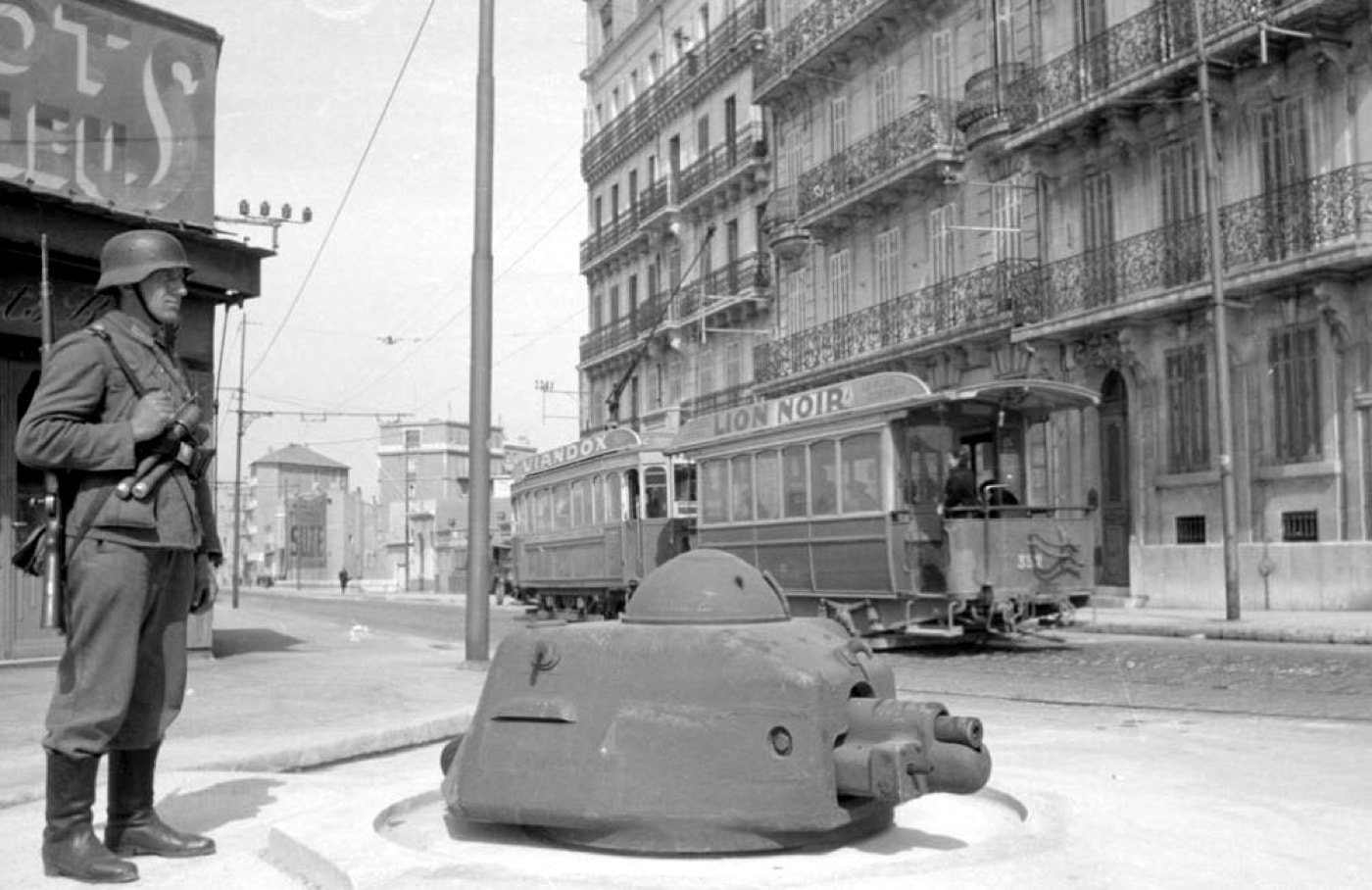
As the Atlantic Wall grew, many leftover turrets from French light tanks were used as bunkers. In Normandy, most of these turrets came from Renault R-35 and Hotchkiss H-35 light tanks, fitted with the 37mm SA18 gun and a 7.5mm Reibel machine gun.
Conclusion
Necessity is truly the mother of invention, as shown by the efforts of the Germans to shore up their defenses at the Atlantic Wall. But, as we know, it was destined to fail. The Allies would successfully land at Normandy, and then push in toward Germany to the ultimate collapse of the Axis in Europe. However, these Frankenstein weapons at the beaches undoubtedly exacted a high price on the Allied forces landing there.
Editor’s Note: Be sure to check out The Armory Life Forum, where you can comment about our daily articles, as well as just talk guns and gear. Click the “Go To Forum Thread” link below to jump in!
Join the Discussion
Read the full article here











